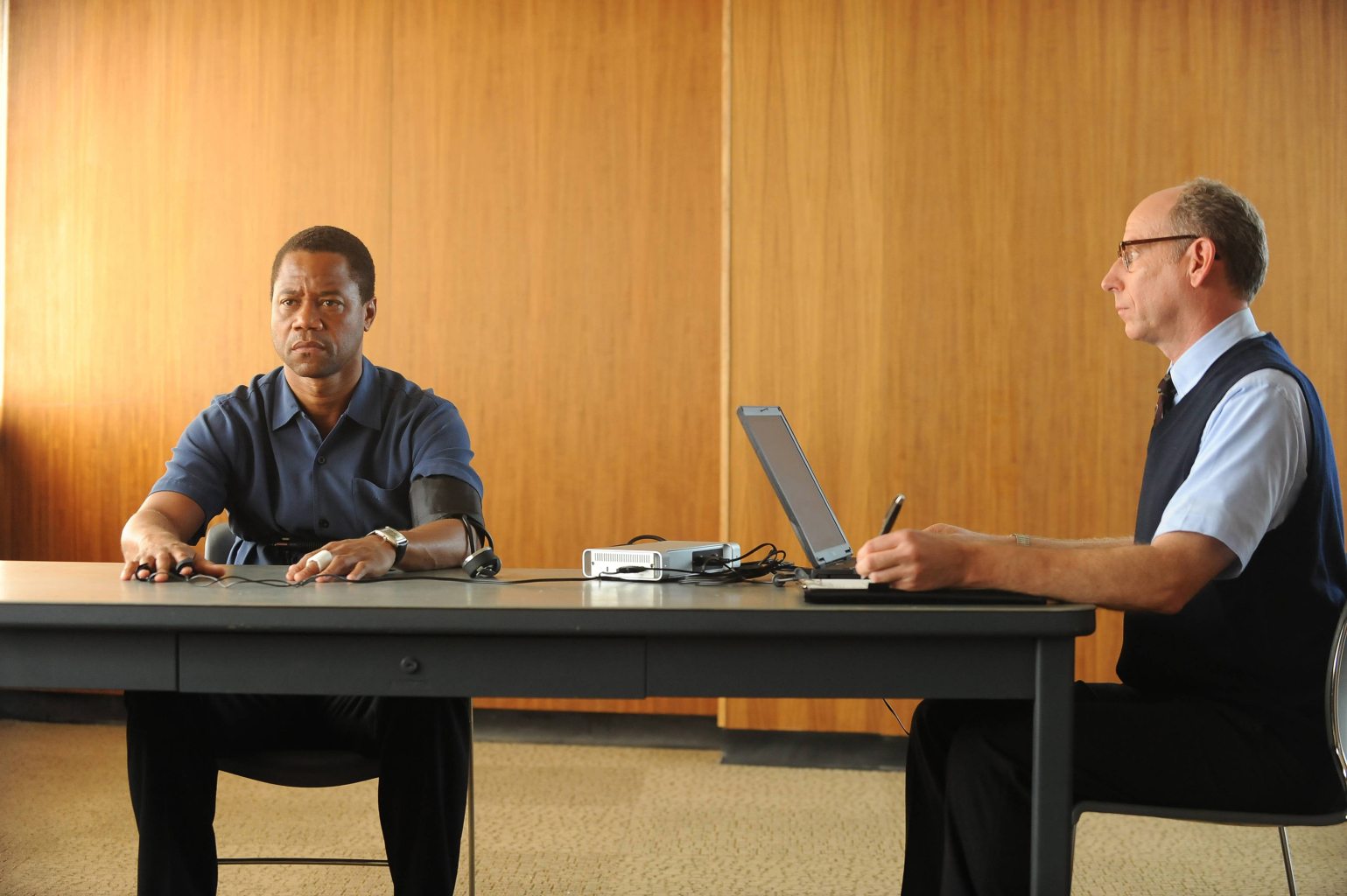“You saw it all, but you don’t know the half of it.”
That was the promotional come-on attached to “The People v. O.J. Simpson: American Crime Story,” television’s buzziest blockbuster of the winter.
How astute. The producers and writers realized that an all-star cast and a simple dot-to-dot rehash of a 21-year-old court case that transfixed.
No, it was vital that they find ways to lace their 10-part drama series with enticing, little-known personal details, while shedding fresh light on a trial that exposed America’s racial divide, set the stage for reality TV and touched off a media frenzy.
So what do we now know that we didn’t know then? As the compelling series approaches its conclusion, here are five things we learned from “The People v. O.J. Simpson”:
• Marcia Clark deserved better: The show gave us a tragic glimpse into the appalling amount of ridicule, misogyny and blatant sexism that the chief prosecutor was subjected to during the trial — particularly evident in the episode “Marcia, Marcia, Marcia.”
For a media thirsty for daily stories, nothing about Clark was off limits — including her hair, her clothes, her marital history and custody battle, and even a nude photo published by The National Enquirer — all as she was trying to focus on the biggest case of her life.
Throughout the series, Clark has been painted in a much kinder light, thanks largely to a nuanced performance by Sarah Paulson.
• The Kardashian reality TV empire isn’t Dad’s fault: If the series writers are to be believed, defense attorney Robert Kardashian, as played by David Schwimmer, was a good-hearted man who tried to shun the limelight.
In one hilariously ironic scene, Kardashian is shown having lunch with his young daughters Khloe, Kim and Kourtney, and lecturing the girls on the perils of fame.
“We are Kardashians, and in this family, being a good person and a loyal friend is more important than being famous,” he says.
Producers Larry Karaszewski and Scott Alexander admit they took creative liberties with this conversation, but insist it’s true to the character of Robert, who died of cancer in 2003 at the age of 59.
• The jurors felt like oppressed inmates: When the actual Simpson trial was in progress, most of us likely gave little or no thought to the jury — until the verdict came in.
But the series took us where the cameras couldn’t, devoting an entire insightful episode — “A Jury in Jail” — to their sequestered existence. It wasn’t pretty.
The jurors, at first, were excited as they arrived at a swanky hotel at the beginning of the trial, but soon discovered the swimming pool was off limits and the televisions and phones had been removed from their rooms. They were cut off from their families, friends and the media.
The hour deftly captured how these civil servants began, as the months piled up, to feel like prisoners of the trial.
It’s tempting to wonder if the case would have gone differently if the jurors hadn’t been so strung out.
• O.J. wanted to take the stand: Simpson had been a huge football star accustomed to dominating the action — not sitting on the sidelines.
Except for F. Lee Bailey, Simpson’s layers considered this to be horrible strategy. But Simpson (Cuba Gooding Jr.) persisted, and finally, they experimented by setting up a mock cross-examination with a female prosecutor. It was an utter fiasco.



